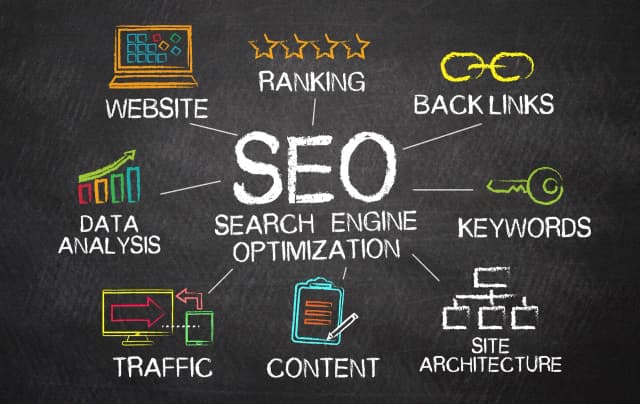Understanding Logistics Optimization with AI
Logistics optimization with AI refers to the use of artificial intelligence technologies to streamline and enhance supply chain management processes. By leveraging predictive analytics, machine learning, and automation, businesses can significantly improve their operational efficiency, reduce costs, and adapt more swiftly to market changes. In today's dynamic business environment, adopting AI-driven logistics solutions is essential to remain competitive and responsive to consumer demands.
Benefits of AI in Logistics Optimization
- Improved Efficiency: Automation of repetitive tasks allows human resources to focus on more complex problems.
- Enhanced Decision-Making: AI analyzes vast amounts of data to provide actionable insights.
- Cost Reduction: Efficient resource allocation and predictive maintenance reduce operational costs.
- Increased Customer Satisfaction: Faster delivery and accurate order tracking enhance the customer experience.
Key Technologies Driving Logistics Optimization
- Machine Learning: Enables systems to improve their prediction models based on historical data.
- Robotic Process Automation: Automates simple, repetitive tasks to increase speed and accuracy.
- Predictive Analytics: Anticipates demand fluctuations to optimize inventory management.
- Natural Language Processing: Enhances communication between customers and logistics providers via chatbots and virtual assistants.
Steps to Implement AI for Logistics Optimization
1. Identify Pain Points
Start with a comprehensive assessment of your supply chain to identify areas that require improvement. Look for inefficiencies, delays, or high costs that can be addressed with AI solutions.
2. Define Goals and KPIs
Set specific, measurable goals for your logistics optimization project. Establish key performance indicators (KPIs) to track progress and success once the AI systems are implemented.
3. Select the Right Technology
Research AI tools and platforms that specialize in logistics optimization. Consider factors such as scalability, compatibility with existing systems, and user-friendliness.
4. Collaborate with Stakeholders
Engage all relevant parties, including IT, operations, and marketing teams, to ensure successful implementation and buy-in from all levels of the organization.
5. Monitor and Adjust
Once implemented, continuously monitor the performance of your AI systems. Use the data gathered to adjust and refine your logistics processes for optimal results.
Comparison of AI Logistics Solutions
| Solution | Features | Advantages |
|---|---|---|
| Predictive Analytics Platforms | Demand forecasting, inventory planning | Optimizes stock levels and reduces waste |
| Robotic Process Automation | Order processing, data entry automation | Reduces processing time and errors |
| AI-Driven Route Optimization | Dynamic routing, real-time traffic updates | Improves delivery times and fuel efficiency |
Conclusion
Incorporating logistics optimization with AI not only enhances operational efficiency but also leads to a more responsive supply chain that meets customer demands. As AI technology continues to evolve, the opportunities for optimization in logistics will expand, offering businesses competitive advantages in the marketplace. Embracing these technologies is no longer an option; it's a necessity for survival in the fast-paced logistics industry.















